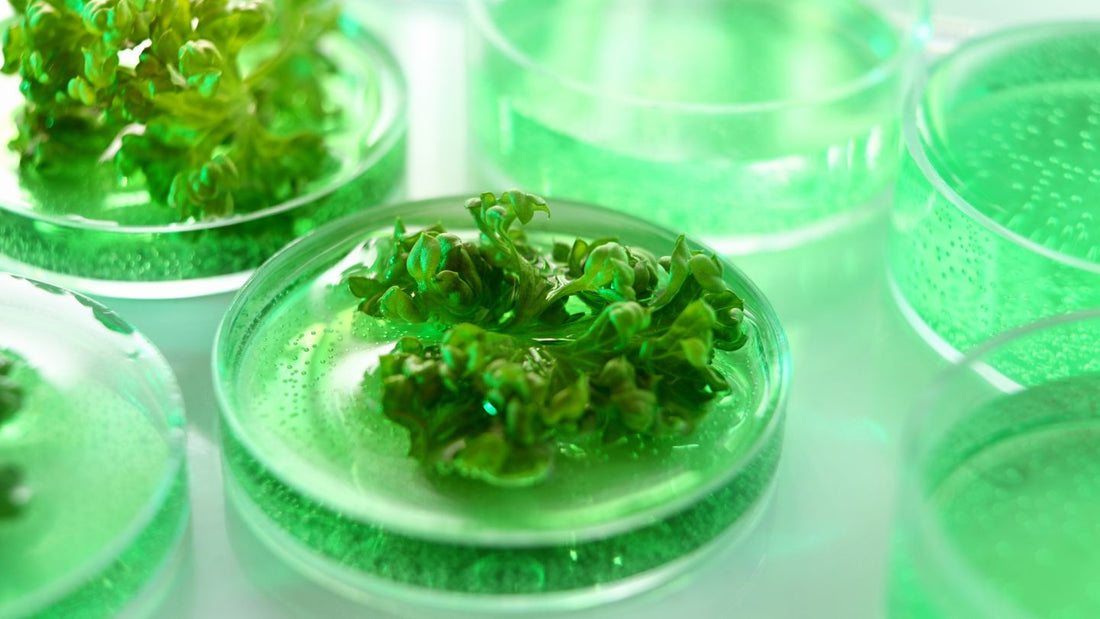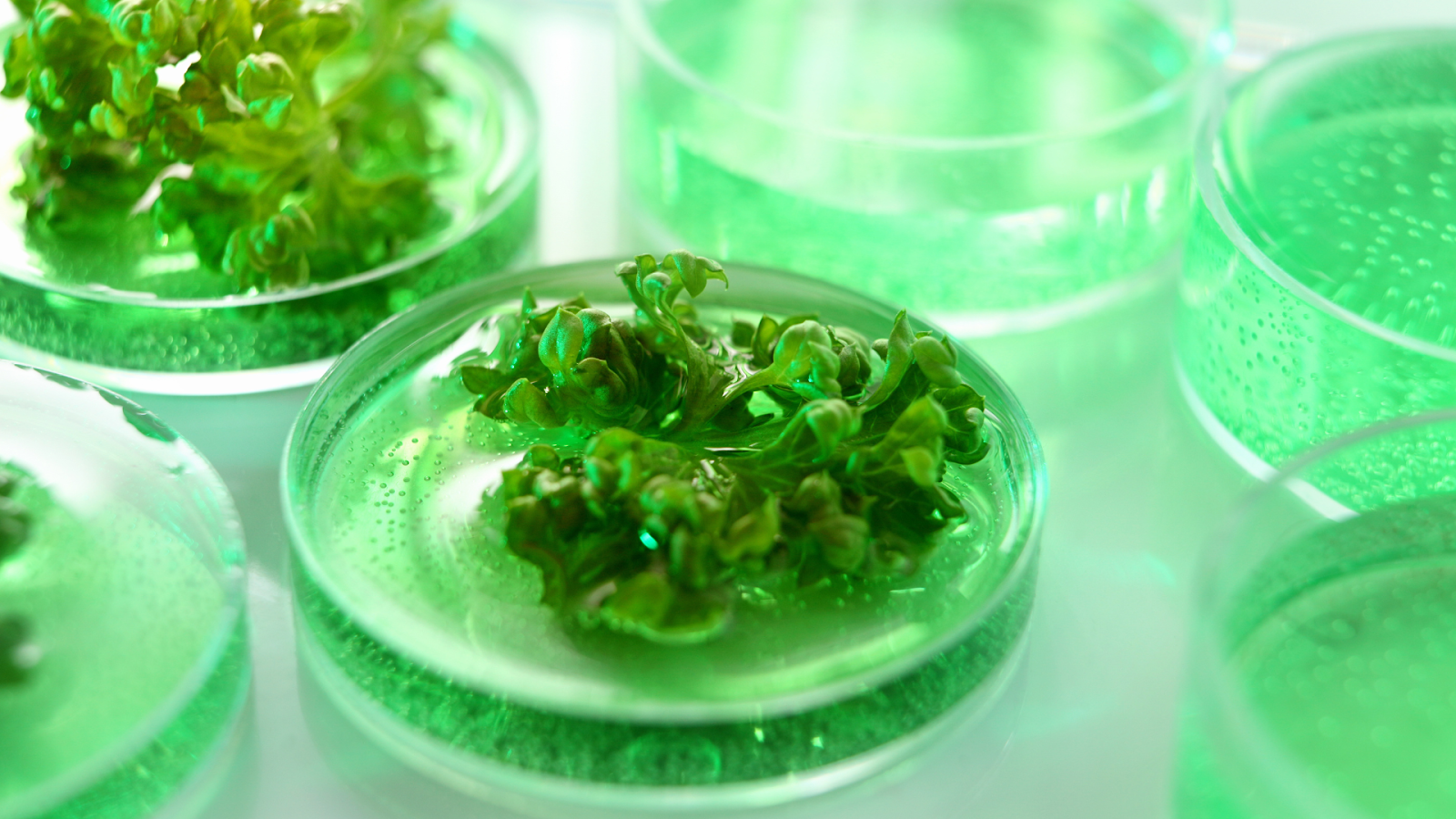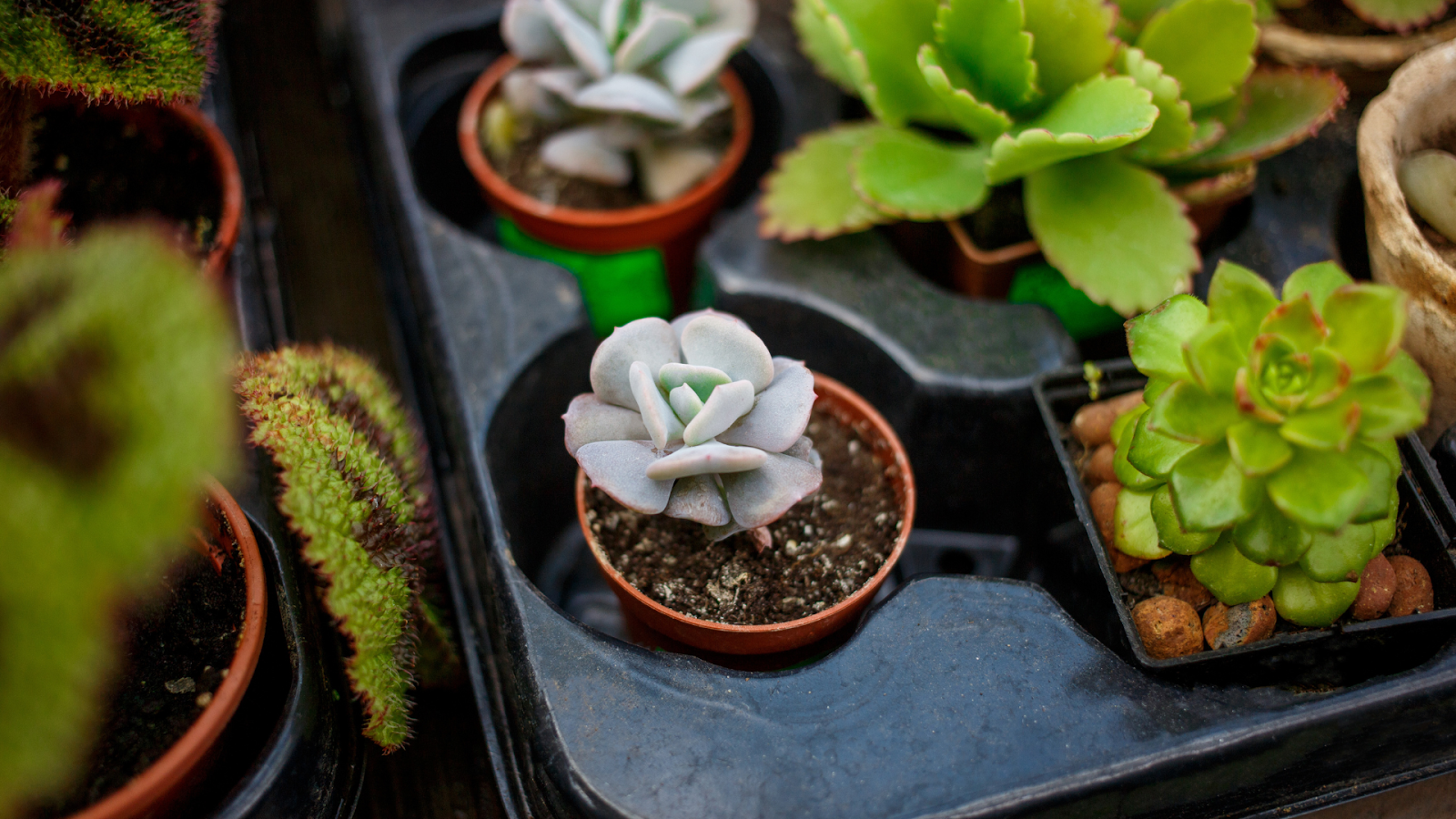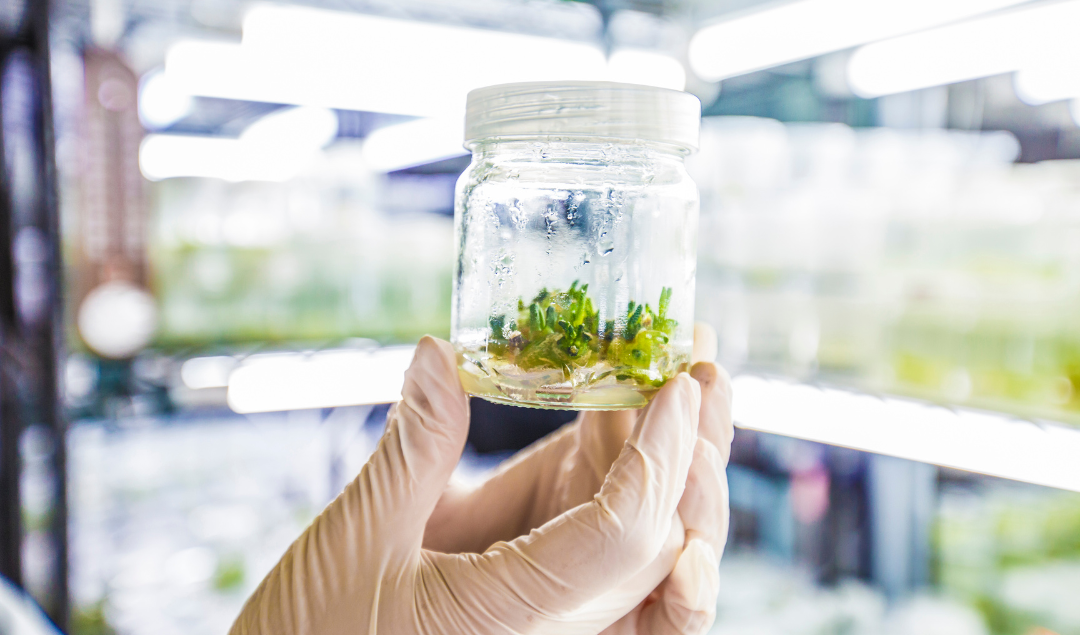
Can Somaclonal Variations Be Used To Improve Crops?

Introduction
“Somaclonal variation is defined as genetic or epigenetic changes that arise in vitro between clonal regenerants and their corresponding donor plants” according to the Encyclopedia of Applied Plant Sciences (Second Edition), 2017.
The term somaclonal variation was coined by Larkin and Scowkraft in 1981 for plants derived from a cell or tissue culture.
One reason why tissue culture is extensively applied to grow a variety of crop plants and fruits is the maintenance of the genetic integrity of the plant. The process of growing plants in vitro and their regeneration is an asexual approach, involving only mitotic cell division. And, if such a case of random and uncontrolled variations occurs, it’s a major concerning issue for culturists.

However, these somaclonal variations, when put to use, can be a valuable source of genetic variation for the improvement of crops through the selection of novel variants.
Thus, this article provides you with an overview of the somaclonal variation, how it occurs, and how scientists use it for crop improvement applications.
How Somaclonal Variation Originates and What are Its Sources?
A range of factors can contribute to the occurrence of somaclonal variation, such as:
- Explant source: Explants are one of the major sources of inducing somaclonal variation. Undifferentiated tissues, such as meristematic tissue, cambium, pericycle, and procambium have lesser chances of inducing somaclonal variation than highly differentiated tissues such as leaves, roots, and stems. Further, variations can also occur due to somatic mutations already present in the tissues of the donor plant.
- Medium components: The concentration and the type of growth hormone used in the media may also induce somaclonal variation. For example, an unbalanced amount of cytokinin and auxin may induce polyploidy, however, low concentration or complete absence of these compounds from the media leads to normal ploidy of cells.

- Duration and Number of Culture Cycles: With the increased number of subcultures and their duration, the frequency of somaclonal variation also increases. Additionally, rapid multiplication can also cause instability in plant genomes, in addition to inducing somaclonal variation.
- Culture Environment: Physical tissue culture environment, such as temperature, light, agitation rate of the medium, and osmolarity can induce somaclonal variations in cells. Tissue culture disrupts the normal cell cycle control, which does not allow cell division before DNA replication. This leads to chromosomal breakage, which leads to deletions, duplications, inversions, and translocations in cells and causes aberrations in vitro.
- Genotype and Ploidy: Genotype is one of the most important determinants of somaclonal variation. In vitro culture environment can be stressful for culture, which might lead to mutagenic events. However, the frequency of these mutations is not the same for all plant species or variants. It depends on the genome. For example, the cultivar ‘New Guinea Cavendish’ showed a higher level of instability in vitro than ‘Williams’ in research studies. Further, genotype and genome composition determine the type and rate of variation in Musa species.

Applications of Somaclonal Variations in Crop Improvement
Variations can be obtained from wild species of cultivated crops. However, access to these variations is limited and identification is required for many desired traits, such as disease resistance. Further, Since many workers use the same breeding lines in their programs, establishing novelty related to legal protection is also challenging.
These challenges can be overcome by somaclonal variation. It offers a great promise to introduce new breeding lines or varieties in reduced time, in addition to being easily patentable due to their novel variation.

How Somalconal Variation Introduce Crop Improvement?
Somaclonal allows culturists to obtain new variants by adding one or two additional traits such as disease resistance, herbicide resistance, or yield improvement while retaining all the favorable characteristics of the existing variety.
Somaclonal variation is a random mutational process. It introduces a line of genetic changes in crops. Thus, the improvement of any trait requires the regeneration of thousands of lines and the subsequent evaluation of their progeny in the field. The variants containing deleterious features are excluded in two selection step, which serves as a sieve to select R1 plants most suitable for breeding programs:
- During The Tissue Culture Phase: when cells will be cultured, only cells having competent genomes having genes involved in morphological development will be able to regenerate. Cells with mutations will either have slow growth or inhibit regeneration.
- During Flower Development, Fertilization, and Fruit and Seed Set: It’s the second phase of selection, which occurs in the greenhouse. Any of the plants not having the characteristics of fertilization or flower development won’t produce seed. Thus, Ro plants with deleterious changes in morphogenesis are eliminated. This leaves lines of plants most suitable for rapid variety development.

Examples and other Applications of Somaclonal Variations
- The technique of somaclonal variation has been used to improve tomato varieties for their disease resistance and increases soluble solids.
- Somaclonal variation technology plays a significant role in cultivar improvement by incorporating disease resistance.
- Plant-derived chemicals can be produced more efficiently through somaclonal variation.
- The use of somaclonal variation enables breeders to develop plants that are tolerant to biotic and abiotic stresses, such as drought, salinity, soil pH, and diseases.

- A range of variants with useful traits has been developed using a somaclonal variation. Here’re some examples:
- Apple (Malus × domestica Borkh.): Resistant to Erwinia amylovora
- Chili pepper (Capsicum annuum L.): Early flowering and increase of yield components
- Banana (Musa acuminata L.): Semi-dwarf and resistant to Fusarium wilt TC1-229; Var. CUDBT-B1, reduced height and early flowering; and Fusarium wilt-resistant somaclonal variants of banana cv. Rasthali.
- Ginger (Zingiber officinale Rosc.): Tolerant to wilt pathogen (Fusarium oxysporum f.sp. zingiberi Trujillo)
- Sweet potato (Ipomea batatas L. Lam.): Tolerant to salinity
Interested in Tissue culture? Plant Cell Technology Can Help!
Plant Cell Technology is helping tissue culturists worldwide by providing unique and world-class products and services that smoothen their process. The PCT Store has MS media, agar, gellan gum, Plant Preservative Mixture (PPM™), culture vessels, Biocoupler™, and masks in its store to facilitate your processes.
And, that’s not it! Plant Cell Technology also offers consultation services to culturists of all sizes that help to get instant solutions to your tissue culture problems.
You can either book a one-on-one consultation call or a physical visit to your lab. We help you at every step of the tissue culture process, ranging from establishing a tissue culture lab to preventing contamination problems or any specific challenges in your process.
Further, in the coming month, we are conducting a range of Master Classes for tissue culture enthusiasts like you. The class offers you the great opportunity to directly learn from the experts in the area, who have 10-30+ years of experience.
So, visit plantcelltechnology.com today and learn more about our products and services and how they help you excel in your tissue culture processes.
Happy Culturing!
Blog Categories
View by Level
Popular Blogs

Is Tissue Culture a Profitable Side Hustle? (Breaking Down the ROI)
Introduction Plant tissue culture (PTC) is capturing the attention of commercial growers, hobbyists, and aspiring entrepreneurs. This innovative method offers...
Read More
Media pH: Why It Matters More Than You Think in Plant Tissue Culture
Introduction Plant tissue culture is a cornerstone technique in modern plant biotechnology, enabling the propagation of plants under sterile and...
Read MoreSubscribe to Our Newsletter








Join the conversation
Your email address will not be published. Required fields are marked